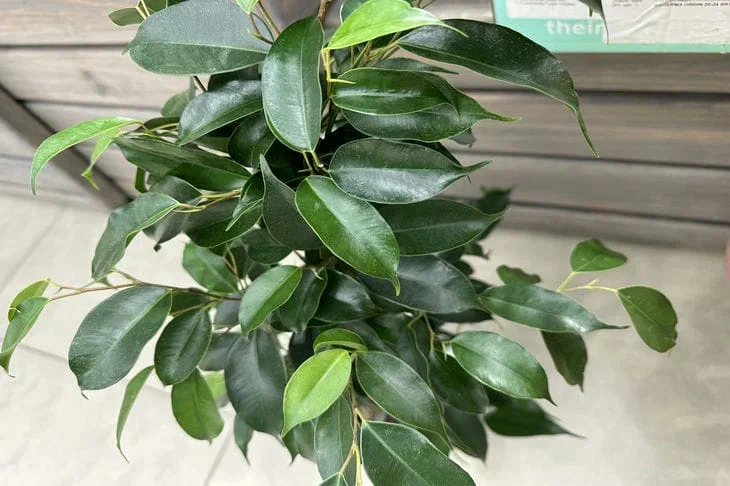When to feed indoor plants: they will tell you themselves
Every gardener, regardless of their experience, should know when to feed their indoor plants.
An expert of the online publication BelNovosti, agronomist, landscape designer Anastasia Kovrizhnykh decided to come to the rescue in this matter: she told when flowers need additional nutrition.
When to feed indoor plants
This time falls during the period of active development, which for most plants coincides with the months with long daylight hours – approximately from March to October.
Nutrient compositions should be applied approximately once every 2-3 weeks. If the crop pleases you with flowering, thank it by applying fertilizers more often - once every 1-1.5 weeks.
Accordingly, from October to February, when many plants are dormant, they do not need abundant nutrition, so fertilizing should be done no more than once every 1-1.5 months, reducing the dosage by half.

There is only one exception to this rule. It applies to flowering crops (poinsettia, cyclamen, azalea, schlumbergera, etc.). The appropriate frequency of fertilization for them is still once every 1-1.5 weeks.
At the same time, there are plants that do not need any feeding at all in autumn or winter (ivy, chlorophytum, gloxinia, aloe, cacti, etc.).
Typically, as the daylight hours get shorter, they stop growing, lose their leaves, and in some cases, their entire above-ground part.
When is extra feeding needed?
The following external signs indicate the need for unscheduled feeding.
These include yellowing or dry leaves, spots on them, and falling flowers and buds.
Usually, individual plants suffer from a lack of nutrients. But if the appearance of all the inhabitants of the windowsill has changed, they are probably infected with pests or diseases. In this case, you cannot fertilize the flowers until they are completely healthy.
